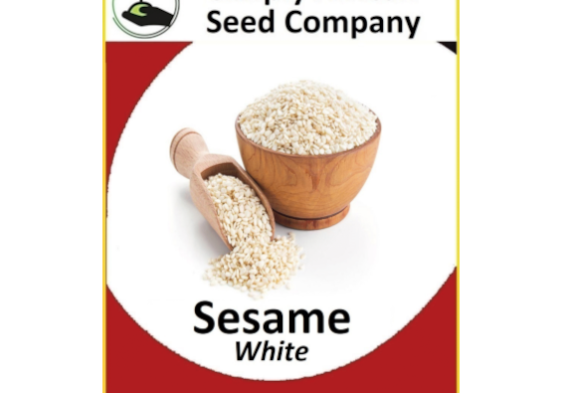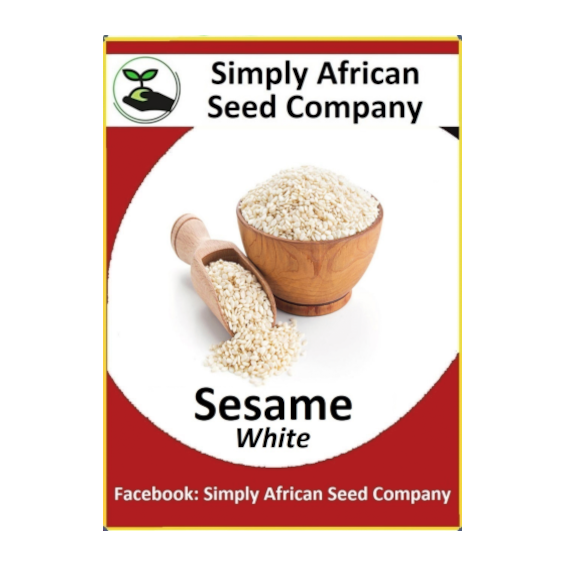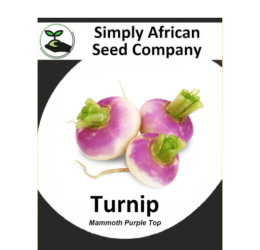HomeSesame White 50’s
-23% off


32 in stock
R26.00 Original price was: R26.00.R20.00Current price is: R20.00.
Sesame is commercially produced in desert settings, so when we say it’s drought tolerant, we really mean it. In fact, this is really the key to success with sesame seeds. Sesame is a tropical annual herb that grows to about 60cm tall. Timing: Sow seeds indoors 4 to 6 weeks before the last average frost […]
Every seed variety undergoes organic cultivation and self-testing on our South African, Botswanan, Zambian, and Tanzanian farms. Our commitment lies in offering a diverse selection of organically grown, open-pollinated, Non-GMO seeds, proudly produced and acclimated locally.
Before planting, please verify the conditions in your area suitable for the specific seed type. Growth rates and germination times hinge on various factors like soil conditions, rainfall/watering patterns, climate, and more. The outcome of growth and harvest may be influenced by these conditions.


-23% off

Every seed variety undergoes organic cultivation and self-testing on our South African, Botswanan, Zambian, and Tanzanian farms. Our commitment lies in offering a diverse selection of organically grown, open-pollinated, Non-GMO seeds, proudly produced and acclimated locally. Before planting, please verify the conditions in your area suitable for the specific seed type. Growth rates and germination times hinge on various factors like soil conditions, rainfall/watering patterns, climate, and more. The outcome of growth and harvest may be influenced by these conditions.